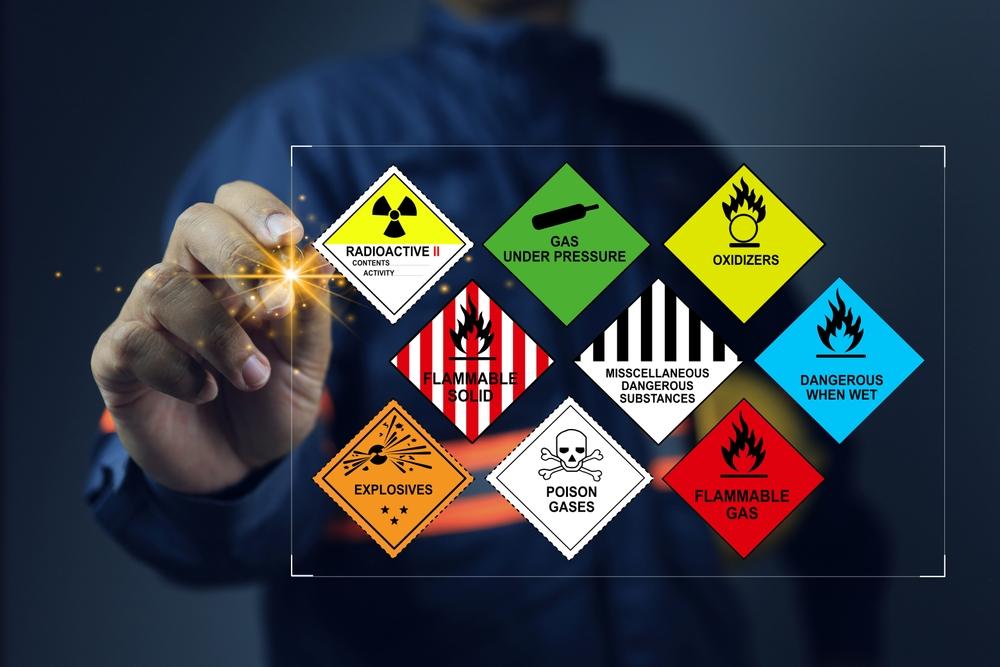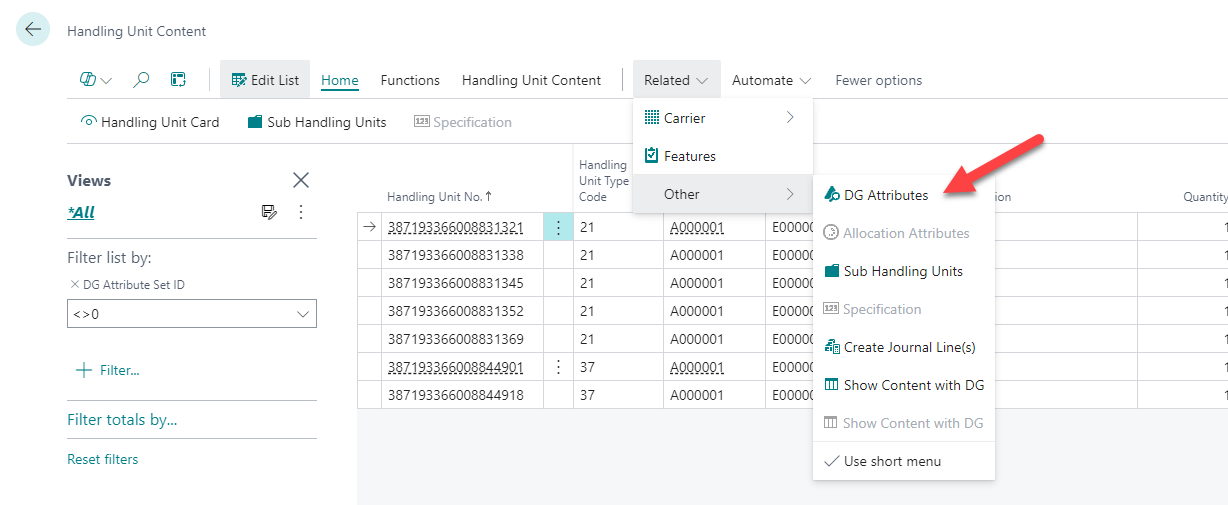Veilig beheer van gevaarlijke goederen met 3PL Dynamics
Het beheer van gevaarlijke goederen vereist uiterste zorg en naleving van strenge wet- en regelgeving. Denk aan het correct opslaan van stoffen en het snel kunnen genereren van essentiële rapporten, zoals brandweerlijsten. Met Business Central beschikt u over de tools om dit proces veilig en efficiënt te beheren, zonder ruimte voor risico's.

Gegevensregistratie
Het beheren van gevaarlijke goederen is geen taak die u licht moet opvatten. Naast het correct vastleggen van gegevens, moet u voldoen aan strenge wet- en regelgeving. Deze voorschriften bepalen bijvoorbeeld welke gevaarlijke stoffen wel of niet bij elkaar mogen worden opgeslagen.
Bovendien moet u in staat zijn om op elk moment rapporten te genereren, zoals brandweerlijsten van uw huidige voorraad. Gelukkig biedt Business Central hiervoor de nodige functionaliteiten want als er ergens geen ruimte is voor ‘fingers crossed’, dan is het wel bij gevaarlijke stoffen.
In Business Central kun je gevaarlijke goederen op twee manieren vastleggen: via de stamdata van het klantartikel of via de inslag.
1. Stamdata
Als een klantartikel altijd dezelfde gevaarlijke eigenschappen heeft, dan legt u dit vast in de stamdata. De gegevens worden dan op de artikelkaart geregistreerd.
Dit is vooral handig als de kenmerken van het artikel consistent zijn, ongeacht de partij.

2. Inslag
Voor artikelen waarbij de gevaarlijke eigenschappen per partij kunnen verschillen, kunt u de gegevens vastleggen per inslag. Deze gegevens worden in een gevaarlijke goederen kenmerkenset verzameld en worden gekoppeld aan de specifieke partij.
Deze gegevens zijn terug te vinden op de dragerinhoud.


Gevaarlijke goederen matrix
Het is vaak niet toegestaan om verschillende soorten gevaarlijke goederen bij elkaar op te slaan. Om dit proces te vereenvoudigen, is er een gevaarlijke goederen matrix beschikbaar in 3PL Dynamics.
In deze matrix geeft u de gegevens op van één of twee gevaarlijke goederen, en bepaalt u of deze samen opgeslagen mogen worden.
Wilt u een pallet met gevaarlijke goederen op een locatie plaatsen waar al een artikel staat dat hier niet mee gecombineerd mag worden, dan geeft het systeem een foutmelding.
Zo voorkomt u een onbedoelde chemische cocktail in uw magazijn. In onderstaand voorbeeld is gebruik gemaakt van de gevaarlijke goederen code in combinatie met de verpakkingsgroep. De combinatie van deze twee waarden maakt een identieke soort gevaarlijk goed.

Genereer de brandweerlijst met gevaarlijke goederen
Controlerende instanties verwachten dat u hen regelmatig op de hoogte houdt van de gevaarlijke goederen in uw warehouse. In geval van brand moeten ze direct weten welke acties ze moeten ondernemen—veiligheid staat voorop.
Gelukkig kunt u dit eenvoudig automatiseren door de Brandweerlijst digitaal aan te leveren. Zo hoeven zij er niet eens meer om te vragen, want het systeem stuurt deze lijst automatisch door. Voor u betekent dit: geen extra handelingen of medewerkers die ernaar hoeven om te kijken.
Het resultaat? Tevreden instanties én tijdswinst voor uw team.

Ga bewust met gevaarlijke goederen om
Slaat u gevaarlijke goederen op of vervoert u ze voor uw klanten? Dan is veiligheid cruciaal. Een incident met chemische stoffen kan ernstige, langdurige gevolgen hebben.
Wilt u meer weten over het veilig beheren van ADR-goederen?
Wij helpen u graag verder. Neem gerust contact op voor vrijblijvend advies.